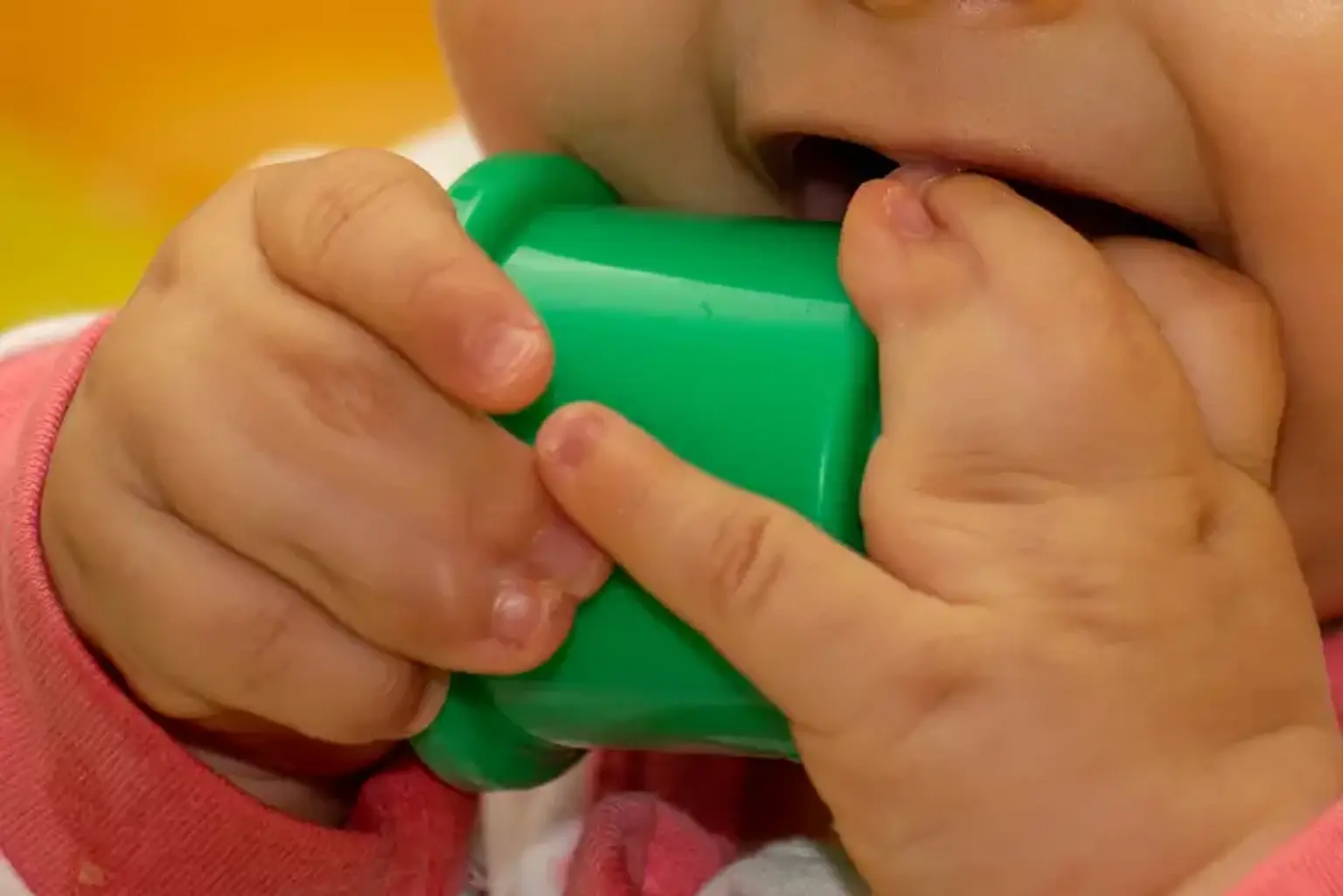Introduction
Syndactyly refers to the congenital condition where two or more fingers or toes are fused together. This fusion can involve skin (cutaneous syndactyly) or, in more complex cases, bone (complex syndactyly). It may affect one or more digits, with the most common form being webbing between the middle and ring fingers. Syndactyly can also occur in toes, although it’s more often seen in hands. While the condition is typically noticed in infancy, its impact can vary from cosmetic concerns to functional limitations, such as difficulty grasping objects or walking.
Syndactyly is usually diagnosed at birth, and though its cause is often genetic, it can sometimes be linked to certain syndromes, such as Down syndrome or Apert syndrome. The condition is rare but significant enough to warrant medical attention, as surgical intervention can improve both function and appearance.
Types of Syndactyly
Syndactyly is categorized into different types based on its severity and what is affected. These types include:
Simple (Cutaneous) Syndactyly: The most common form, where only the skin is involved, and the digits remain functional.
Complex Syndactyly: Involves both the skin and the bones, which can make the separation more complicated. This type may require more extensive surgery and recovery.
Complicated Syndactyly: Occurs as part of a broader syndrome with other health issues, such as developmental delays or intellectual disabilities
The condition can also be partial, where only part of the digits are fused, or complete, where the fingers or toes are entirely webbed. Early intervention often results in better functional outcomes, especially in cases involving the thumb or big toe, as they play significant roles in hand and foot function
